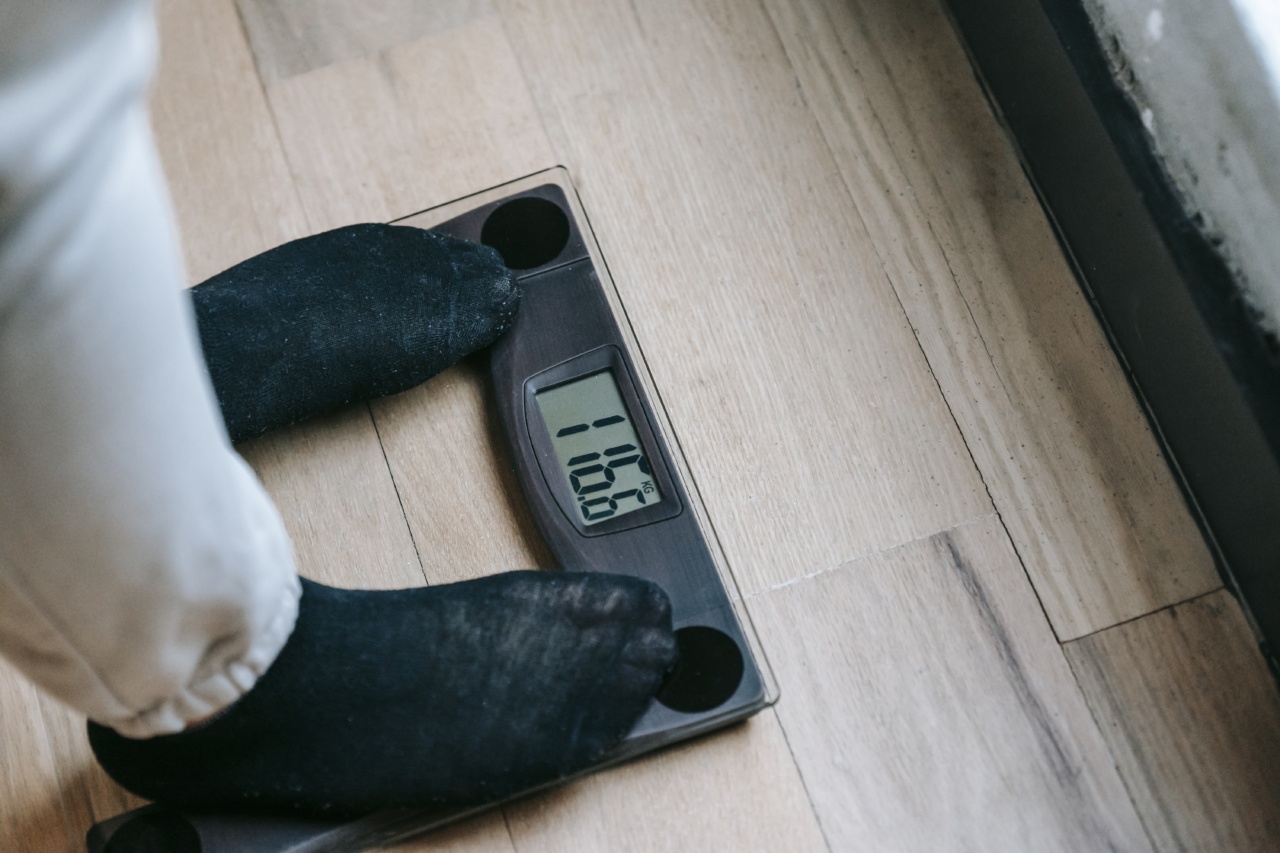Cholesterol is a type of fat present in our bodies, required for various bodily functions such as the production of hormones, vitamin D, and the digestion of certain foods.
However, having high levels of cholesterol can pose serious health risks, particularly to the heart and blood vessels. It is important to be aware of the signs and symptoms of high cholesterol in order to take necessary measures to maintain a healthy lifestyle.
Types of Cholesterol
Cholesterol is transported throughout our bodies by proteins, forming lipoproteins. There are two types of lipoproteins that are commonly known:.
1. LDL (Low-density lipoprotein)
LDL cholesterol is often referred to as “bad” cholesterol as it can build up in the walls of our blood vessels, forming plaques. These plaques can restrict blood flow and increase the risk of various heart diseases and strokes.
2. HDL (High-density lipoprotein)
HDL cholesterol, on the other hand, is often called “good” cholesterol. It helps remove LDL cholesterol from the blood vessels and transports it to the liver for processing and elimination.
Checking Your Feet for Signs of High Cholesterol
While high cholesterol is typically associated with heart-related concerns, there is evidence to suggest that certain foot conditions could be indicative of high cholesterol levels. Here are some signs to look out for:.
1. Xanthomas
Xanthomas are yellowish bumps that can appear on the tendons or skin of your feet. They occur due to the accumulation of cholesterol under the skin. These bumps can be small or large and may be accompanied by pain or tenderness.
2. Xanthelasma
Xanthelasma refers to the presence of yellowish patches or plaques around the eyelids. While primarily associated with high cholesterol levels, these plaques can also develop on other parts of the body, including the feet.
3. Peripheral artery disease (PAD)
Peripheral artery disease occurs when the arteries in the legs narrow, leading to reduced blood flow. This condition can be a consequence of high cholesterol levels.
Symptoms may include cramping, pain, or numbness in the legs or feet, particularly during physical activity.
4. Tendinous xanthomatosis
Tendinous xanthomatosis is a rare condition that affects the tendons, resulting in cholesterol deposits. This can lead to pain, stiffness, and difficulty moving the affected tendons, especially in the feet and ankles.
5. Poor wound healing
High cholesterol can impede the body’s ability to heal wounds, leading to slower healing time. If you notice that wounds on your feet are taking longer to heal than usual, it may be a sign of underlying health issues such as high cholesterol.
The Link Between Cholesterol and Foot Health
It is important to understand that the presence of these foot conditions does not directly indicate high cholesterol.
However, they can serve as potential warning signs and should prompt further investigation and consultation with a healthcare provider.
Cholesterol is a systemic issue that affects the entire body, including the blood vessels in the feet. The feet are often considered a reflection of our overall health, and changes or abnormalities in the feet should not be ignored.
By being attentive to foot health, we can potentially identify underlying health concerns, such as high cholesterol, at an early stage.
Preventing and Managing High Cholesterol
Maintaining healthy cholesterol levels is vital. Here are some steps you can take to prevent and manage high cholesterol:.
1. Eat a heart-healthy diet
Limit the consumption of foods high in saturated fats and trans fats, such as fried and processed foods. Instead, focus on consuming fruits, vegetables, whole grains, and lean proteins.
2. Engage in regular physical activity
A sedentary lifestyle can contribute to high cholesterol levels. Engaging in regular exercise, such as walking or jogging, can help improve cholesterol levels and overall cardiovascular health.
3. Quit smoking
Smoking damages blood vessels and lowers good cholesterol levels. Quitting smoking can significantly improve your overall health, including cholesterol levels.
4. Maintain a healthy weight
Being overweight or obese can increase the risk of elevated cholesterol levels. Maintaining a healthy weight through diet and exercise can help manage cholesterol and lower the risk of associated complications.
5. Regular cholesterol testing
Regular cholesterol screening is essential, especially if you have a family history of high cholesterol or other risk factors. It allows for early detection and appropriate management of cholesterol levels.




























